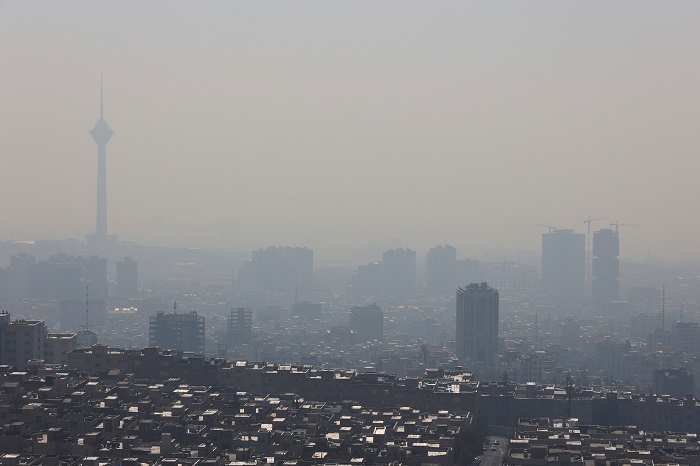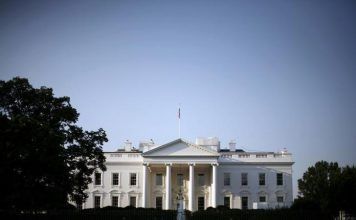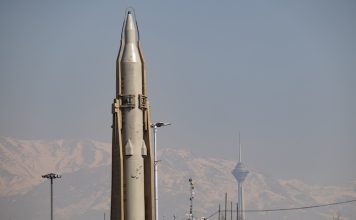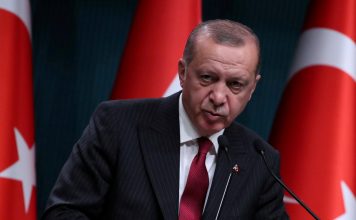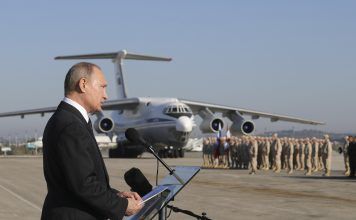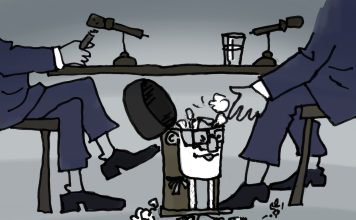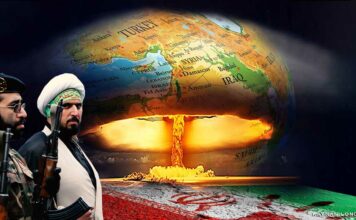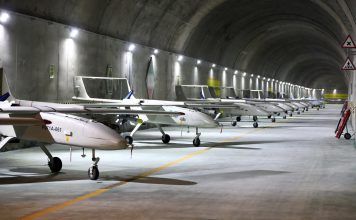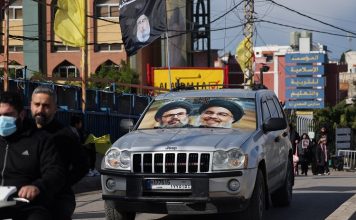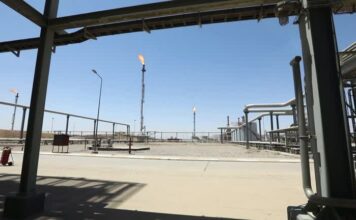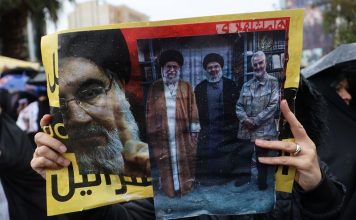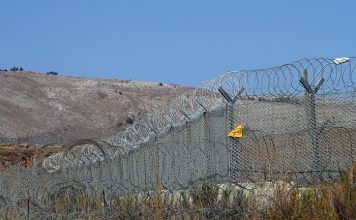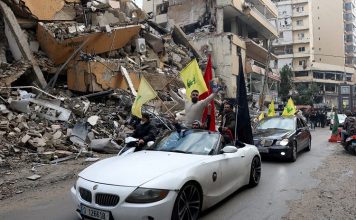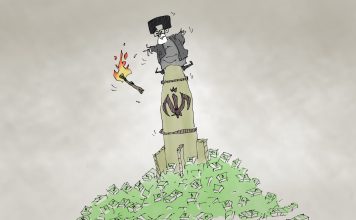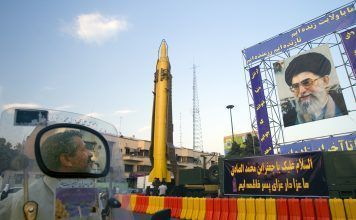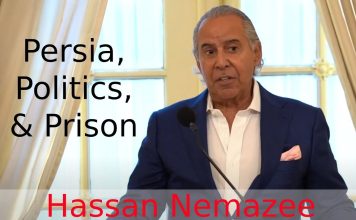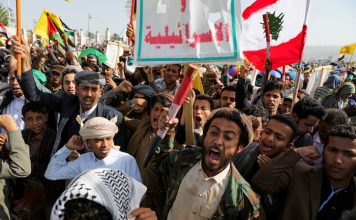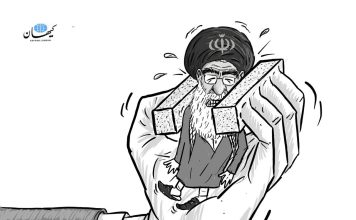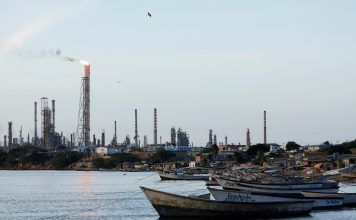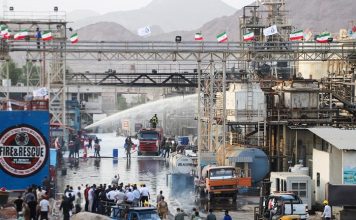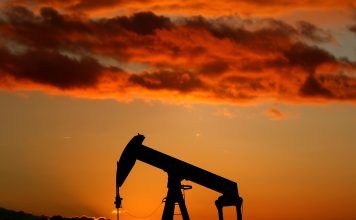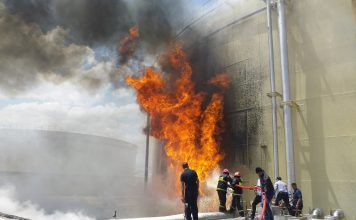By Kayhan Life Staff
Of the 450,000 deaths in Iran every year that result from accidents and disease, and not from natural causes, some 50,000 are attributed to air pollution, according to Mohammad Sadegh Hassanvand, the director of the Air Pollution Research Center at the Tehran University of Medical Sciences.
Hassanvand said deaths from air pollution represent between 10 percent and 12 percent of all deaths in Iran.
In Iran, Air Pollution Caused 27,000 Deaths Last Year, Official Says
He emphasized that air pollution was the most significant environmental risk factor, posing a threat to the health of individuals in Iran as well as around the world. He stressed that in various rankings of risk factors and micro-factors, air pollution is often listed as the fourth most critical risk factor, and sometimes the third.
“The primary pollutant affecting the country and influencing the number of unhealthy days is a particulate matter with a diameter of less than 2.5 microns (PM2.5). This pollutant has been monitored since approximately 2011,” Hassanvand explained. “Between 2011 and 2018, there was a decreasing trend in this pollutant, showing that 2018 was the year with the best air quality to date, largely because of favorable weather and adequate rainfall across the country.”
“However, from 2019 to 2022, Iran experienced a nearly continuous increase in the concentration of particulate matter of less than 2.5 microns, resulting in a record rise in air pollution during those four years,” he noted. “We consistently observe fluctuations in the levels of 2.5-micron pollutants. Weather primarily influences air pollutants unaffected by performance or control initiatives. Specifically, pollutant concentrations decrease during a rainy year with unstable weather patterns; conversely, pollutant levels increase when the weather is stable.”
Somayeh Rafiei, the head of the Environment Committee of the Agriculture Commission in the Iranian Parliament (Majlis), said last month that the mortality rate attributed to air pollution, specifically from particulate matter measuring less than 2.5 microns, has risen from 24,000 in 2022 to 30,000 in 2023. Rafiei noted that this increase in air pollution-related deaths reflects inadequate enforcement of the Clean Air Act within the country.
“After seven years since the approval and establishment of the Clean Air Act, only 12 percent of its provisions have been enacted,” Rafiei said.
According to Rafiei, the financial impact of air pollution in 2023 reached nearly $9 billion, a significant alert for the country’s relevant authorities.
Toxic Smog: Iran’s Government Criticised for Winter ‘Air Pollution Catastrophe’
Air pollution levels have peaked in several major cities across Iran. Recent reports have highlighted severe air pollution levels in Tehran and other industrial cities. On Nov. 23, the Iran Meteorological Organization forecast calm weather for most regions over the following two days, likely exacerbating the accumulation of air pollutants in these industrial areas.
President Massoud Pezeshkian’s administration officials, including spokesperson Fatemeh Mohajerani, have announced that diesel fuel has been prohibited in three power plants in Arak, Karaj, and Isfahan to combat air pollution and safeguard public health.
“It is unjust for part of society to risk their lives for electricity production. Therefore, following the president’s directive, the use of fuel oil will cease in the three power plants in Arak, Karaj, and Isfahan. For a limited duration, ‘scheduled power cuts’ may serve as an alternative to ‘toxic production’ for the public,” Mohajerani wrote on X.
In a report, the Majlis Research Center said a shortage had stopped diesel fuel use. Despite this, some 10 power plants nationwide continued to burn diesel fuel.
The government’s assertions about the air pollution issue were contradicted by data on persistent severe air quality, even in cities that had halted diesel fuel combustion. This showed that the government was not genuinely acting in the public’s interest.
Recently, a dense cloud of smoke and pollution was visible over Tehran. The 24-hour average pollution index on Nov. 23 registered at 152, which is classified as “red status.”
“Iranian citizens are compelled to breathe polluted air while the crises related to energy resource management and environmental infrastructure persist,” The Tehran-based Eghtesad-24 news website said recently.
“In Tehran alone, over 74 percent of last year was characterized by hazardous air quality,” the report noted. “This figure not only highlights the shortcomings in policy-making but also underscores the inactivity of institutions responsible for addressing this crisis as mandated by the Clean Air Act. “
“The data, which powerfully illustrates this ongoing crisis, reveals that Tehran experienced only 161 days of clean air last year, with the remaining days classified as dangerous,” the report noted.
“Tehran’s air pollution index has reached a level of 123, signifying an unhealthy environment. In 2021, the city experienced only three days of clean air, alongside 192 days classified as having acceptable conditions and 132 days deemed unhealthy for sensitive groups,” Eghtesad-24 explained.
“These statistics serve as both a warning and a signal of a gradual death of residents. Although many regulations have been passed, including the Clean Air Act, their effective enforcement has become a neglected issue- a nightmare,” the report noted.
“The deteriorating public transportation system, insufficient bus and metro fleets, and inadequate infrastructure for bicycles and electric vehicles reveal fundamental management deficiencies,” Eghtesad-24 explained.
“The budget allocated for the purchase of electric buses and the enhancement of the public fleet in 2021 and 2022 resulted only in a few buses arriving in Tehran and Isfahan, which failed to satisfy the citizens’ demands. Also, for unclear reasons, a significant portion of these financial resources has been directed towards secondary or ineffective projects,” the report added.
As air pollution worsened in several cities last week, the Tehran-based newspaper Farhikhtegan reported on Nov. 17 that reducing diesel fuel consumption could not mitigate air pollution.
“The Iran Meteorological Organization issued a warning on Nov. 17 regarding an increase in atmospheric pollutant concentrations and a decline in air quality, particularly in the early morning hours from Nov. 16 to 18, affecting Tehran, Karaj, Arak, Isfahan, and Ahvaz,” the paper said.
“From the start of the year until Nov. 16, Tehran experienced only five days of clean air, while the number of unhealthy days for sensitive groups has reached 71,” the Theran-based Hamshahri newspaper said.
Conversely, power plants reportedly contribute only approximately 7 percent to producing suspended particles, while other sources, such as vehicles and various industrial sectors, play a more significant role in air pollution.
In an interview with the Tehran-based Tejarat-e Farda weekly, Mohammad Vesal, a faculty member at the School of Management and Economics at Sharif University (formerly Aryamehr), said: “We lack comprehensive data on diesel fuel emissions and consumption across the country, which prevents us from accurately determining the extent to which diesel fuel contributes to pollution in both large and small cities.”
“The issue surrounding diesel fuel is quite complex. When diesel fuel is combusted in power plants, it releases high levels of sulfur and toxic compounds, which inherently lead to pollution. The wind can then carry this pollution in various directions. There is a claim that diesel fuel is not burned in power plants within Tehran,” Vesal said.
“However, if we accept this assertion, we must also acknowledge power plants in the western part of the country, such as the Alborz Power Plant, use diesel fuel, and the resulting pollution could be transported to Tehran by prevailing easterly winds.”
“Certainly, the problem extends beyond just power plants; it also involves emissions from factories and industrial facilities in the provinces of Tehran, Alborz, and Ghazvin, contributing to air pollution in Tehran. The city of Arak faces a similar challenge,” Vesal explained. “In Arak, air pollution is not solely attributed to power plants but also stems from other industries that generate pollutants.”
“Unfortunately, because of the lack of clear statistics regarding the impact of diesel fuel combustion on the pollution levels in these affected cities, we cannot conduct an accurate analysis,” he added.

